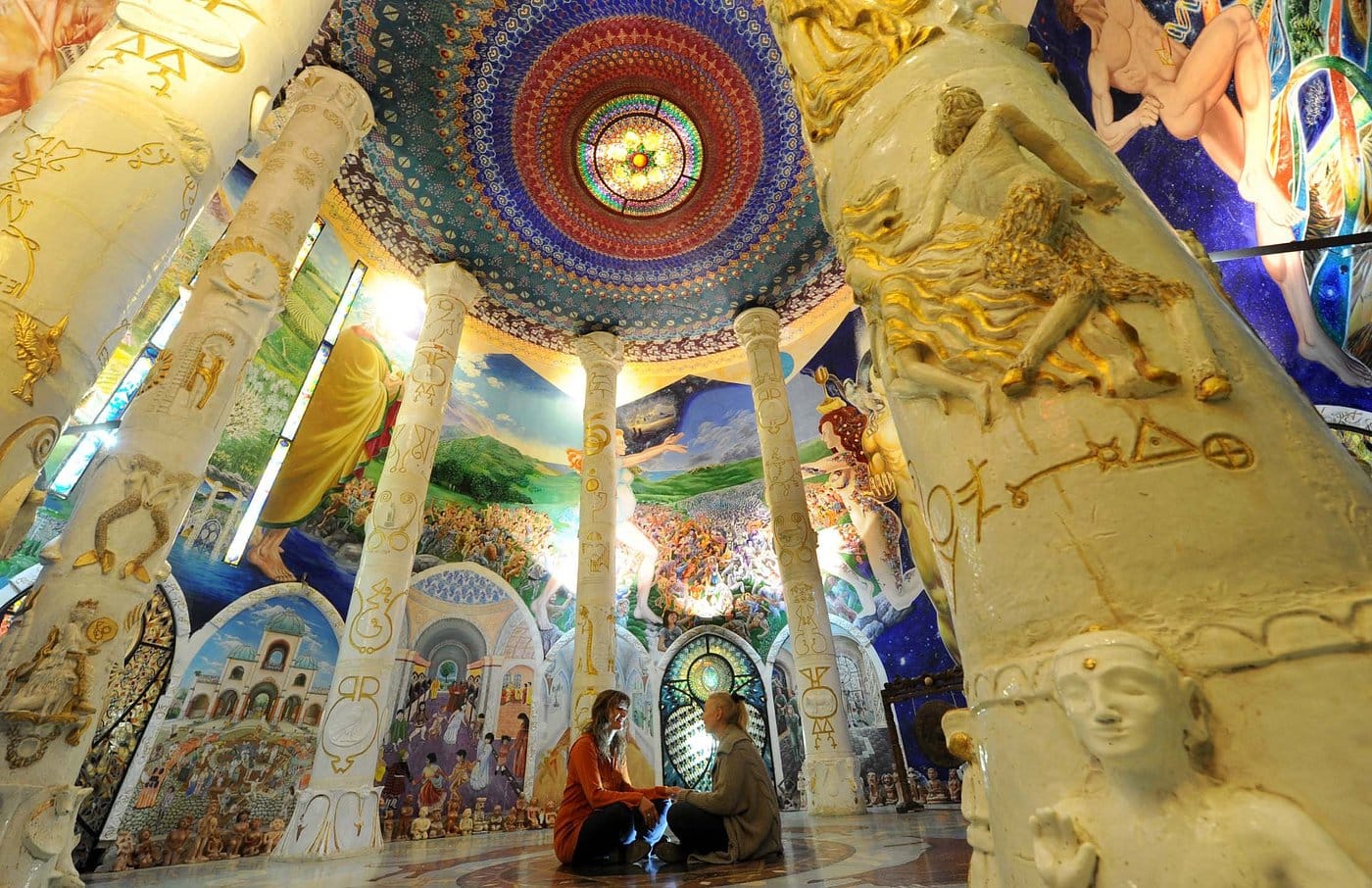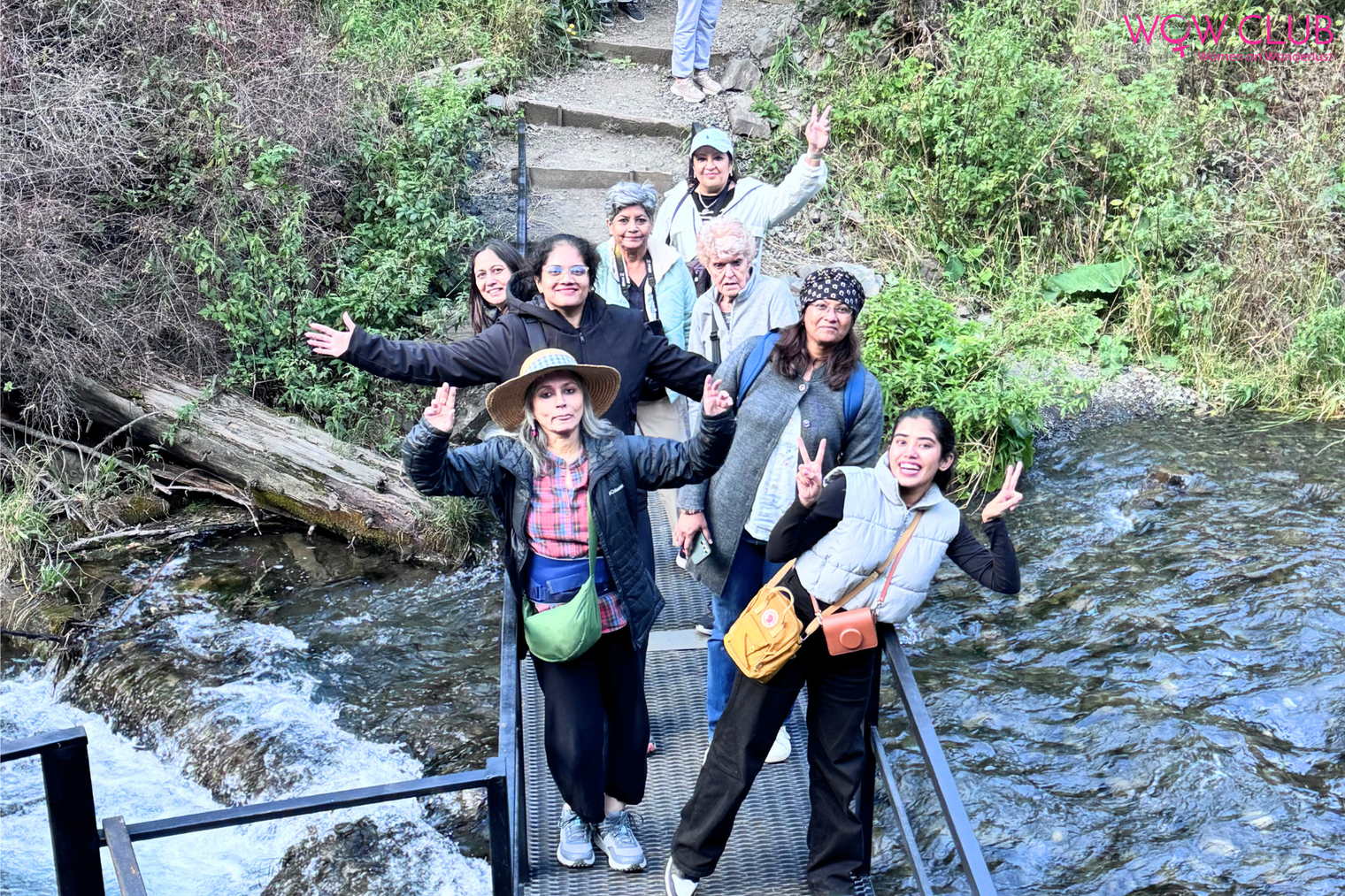The Temples of Humankind are hidden deep in the foothills of the Alps in northern Italy, about 50 km from Turin. Now considered a national treasure and open to visitors, this stunning underground temple in Italy wasn’t always known to the public.
It was in 1978 that a group of 15 people, led by Oberto Airaudi, began digging into the mountain using nothing but hand picks and hammers. On the very first night, they managed to dig about one meter inside the rock.
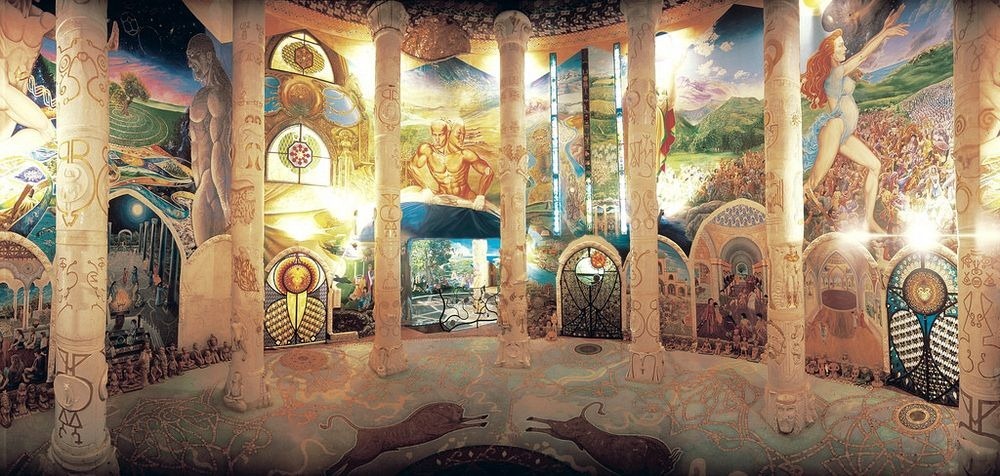
They worked in complete secrecy for nearly 15 years. Rotating in shifts, they kept the project hidden from the outside world. Only a few local artists were aware of what was unfolding beneath the mountain.
In 1992, everything changed when an anonymous tip alerted the authorities. A raid was announced, and officials even threatened to use dynamite unless the truth was revealed. With no choice left, the Damanhurians guided them to the hidden sanctuaries.
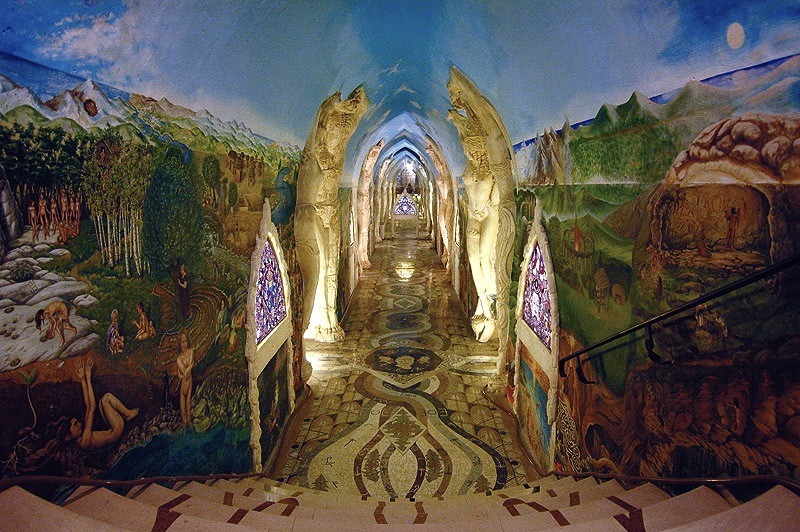
What the officials discovered was unlike anything they had ever seen. The first chamber, the Hall of Earth, left them stunned. Other underground halls were beautifully decorated with intricate murals, frescoes, mosaics, and crystals—each representing a different theme.
By the end of the tour, the officials were so moved by the artwork and the intention behind it that they chose to fight for its preservation. After a legal battle, the Italian government granted retrospective legal permission for the creation of the temples.
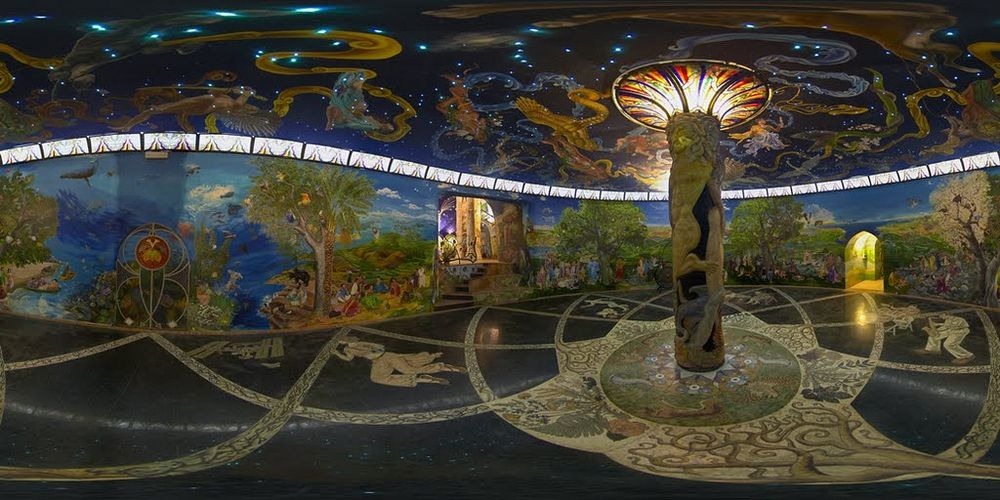
Today, this contemporary underground cathedral draws thousands of travelers from around the world. It has become a space of spiritual exploration, artistic inspiration, and a venue for weddings and meditation.
The Temples of Humankind include themed halls such as:
- The Hall of Earth
- The Hall of Water
- The Hall of the Spheres
- The Hall of Metals
- The Blue Temple
- The Labyrinth
The temples are believed to sit on the meeting point of Synchronic Lines, where Earth’s energy meets cosmic energy. According to the Damanhur community, the only other location where four Synchronic Lines converge is Tibet.

